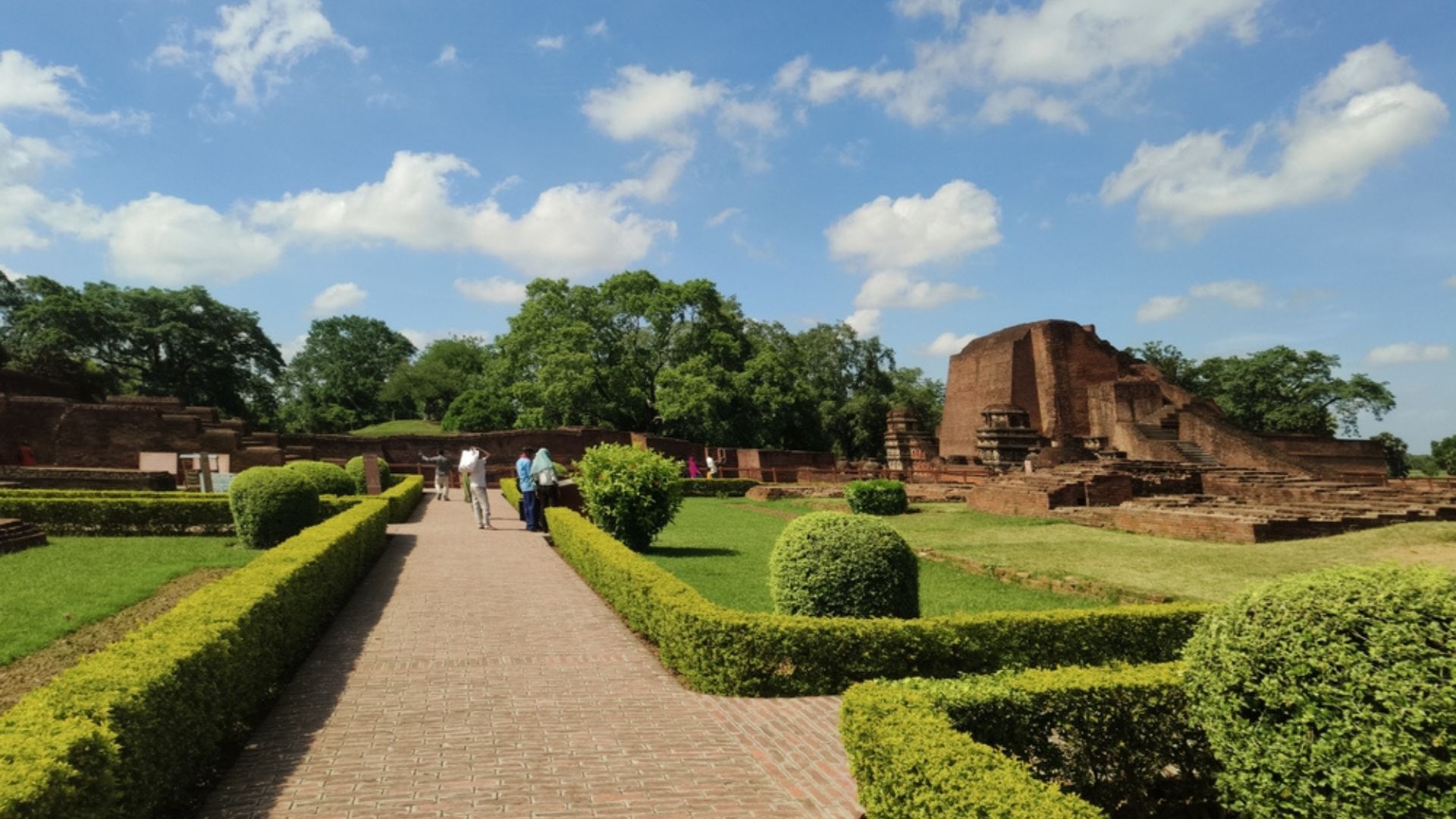Nestled amidst the rural landscape of Bihar, India, lie the remnants of a legacy that once illuminated the world. Nalanda, more than just a name etched in history, embodies a testament to the transformative power of knowledge, a testament tragically silenced but now poised for a vibrant resurgence.
Nalanda: The Dawn of a Learning Revolution
Founded in the 5th century CE, Nalanda was no ordinary institution. It was conceived as a residential university, a concept centuries ahead of its time, predating even the famed Oxford and Bologna. This ancient seat of learning, however, was not confined to the pursuit of academic excellence alone. It was a vibrant melting pot of cultures, drawing scholars and students from across the globe – Persia, Greece, China, Korea, Japan, Tibet, and Southeast Asia, all converging on this intellectual hub.
What drew these knowledge seekers from far and wide? The answer lies in Nalanda’s inclusive ethos and comprehensive curriculum. It wasn’t simply a place to learn but a space to explore, to delve into the very essence of knowledge itself.
A Tapestry of Knowledge: The Nalanda Curriculum
Imagine stepping back in time, finding yourself amidst the bustling courtyards of Nalanda. Students engaged in lively debates, their voices echoing through the open halls. The air hums with the pursuit of understanding, a thirst for knowledge that transcends geographical boundaries.
Within the university’s hallowed halls, scholars didn’t just memorize texts; they engaged with them, debated them, and built upon them. The curriculum reflected this dynamic approach, encompassing a breathtaking range of disciplines:
- Buddhist Principles: As a renowned center of Buddhist learning, Nalanda naturally placed great emphasis on Buddhist philosophy and teachings. Here, students could engage with the intricacies of Buddhist thought, delving into the sutras and engaging in discourse with renowned masters.
- Medicine and Ayurveda: Nalanda recognized the interconnectedness of the mind and body. It housed a dedicated school of Ayurveda, the ancient Indian system of medicine, where students learned the art of healing through natural remedies and holistic practices.
- Logic and Mathematics: The pursuit of knowledge at Nalanda extended beyond the spiritual and into the realm of logic and reason. Mathematics, a cornerstone of scientific thought, flourished within its walls. It is believed that the great Aryabhata, considered the father of Indian mathematics, graced its halls, revolutionizing the field with his groundbreaking work on zero and his pioneering contributions to trigonometry and astronomy.
- Astronomy and the Cosmos: Gazing up at the night sky, Nalanda scholars pondered the mysteries of the cosmos. Astronomy was not just a subject but a window into understanding our place in the universe. Aryabhata’s work on the moon’s radiance being a reflection of sunlight speaks volumes about the advanced astronomical observations and deductions made at Nalanda.
- Linguistics and Literature: Language, the vehicle of thought, was given its due importance at Nalanda. Students immersed themselves in the study of grammar, linguistics, and literature, mastering the art of communication and delving into the rich literary traditions of various cultures.
This multidisciplinary approach set Nalanda apart. It fostered a holistic understanding of the world, recognizing the interconnectedness of various disciplines.

The Heart of Nalanda: A Community of Scholars
Nalanda was more than just a collection of buildings; it was a vibrant community, a confluence of minds dedicated to the pursuit of knowledge. At its peak, it housed an estimated 10,000 students and 2,000 teachers, all coexisting within a structured yet intellectually stimulating environment.
Admission to Nalanda was a coveted honor, a testament to a student’s intellectual prowess. Aspiring scholars underwent rigorous oral examinations, assessed by Nalanda’s finest minds. Those fortunate enough to pass were embraced into a world of learning, mentored by esteemed scholars and guided by revered Buddhist masters like Dharmapala and Silabhadra.
Life at Nalanda was not solely about academic pursuits. Students resided in dormitories, fostering a sense of community and shared purpose. They learned from each other, their diverse backgrounds enriching the intellectual landscape of the university.
Dharma Gunj: The Mountain of Truth
No exploration of Nalanda would be complete without paying homage to its crown jewel – the Dharma Gunj, the university’s grand library. This “Mountain of Truth,” as it was aptly named, housed a treasure trove of knowledge, a collection so vast it dwarfed any other repository of its time.
Imagine ascending the steps of this magnificent structure, the scent of aged parchment and the gentle scratching of quills filling the air. Within its nine storied structure, illuminated by shafts of sunlight filtering through intricately carved windows, lay an estimated nine million handwritten manuscripts. These weren’t just books; they were portals to different worlds, capturing the essence of human thought across cultures and time periods.
The Fall and the Resurgence: A Legacy Reclaimed
The story of Nalanda, unfortunately, is not without its tragedy. In the 12th century, this beacon of knowledge was tragically destroyed, the victim of invading forces that sought to extinguish its light. The flames that engulfed the Dharma Gunj are said to have burned for months, a devastating loss for the world’s collective wisdom.
Yet, the spirit of Nalanda, much like the phoenix rising from its ashes, could not be extinguished. The ruins, a poignant reminder of the past, stand as a testament to the enduring power of knowledge.
In recent years, there has been a concerted effort to revive the legacy of Nalanda. A new Nalanda University, envisioned as a successor to its ancient namesake, has been established near the original site. This institution, much like its predecessor, aspires to be a hub of international learning, attracting students and scholars from across the globe.

The Enduring Message of Nalanda
The story of Nalanda is a poignant reminder of the power and fragility of knowledge. It highlights the importance of fostering learning, encouraging dialogue, and preserving the intellectual treasures of our past.
As we stand on the cusp of a new era, the lessons of Nalanda resonate deeply. In a world often fragmented by divisions, the university’s legacy of inclusivity, its celebration of diverse cultures and disciplines, serves as a timeless beacon, guiding us towards a future where knowledge serves as a bridge, uniting humanity in a shared pursuit of understanding.

